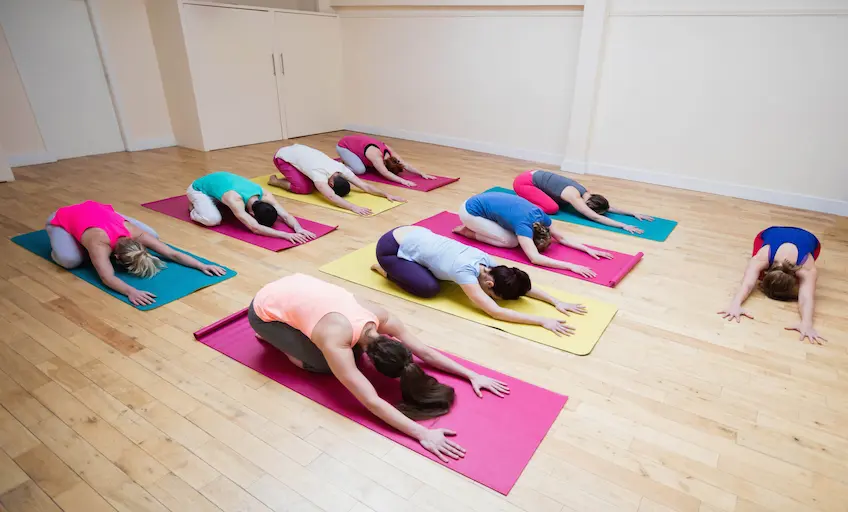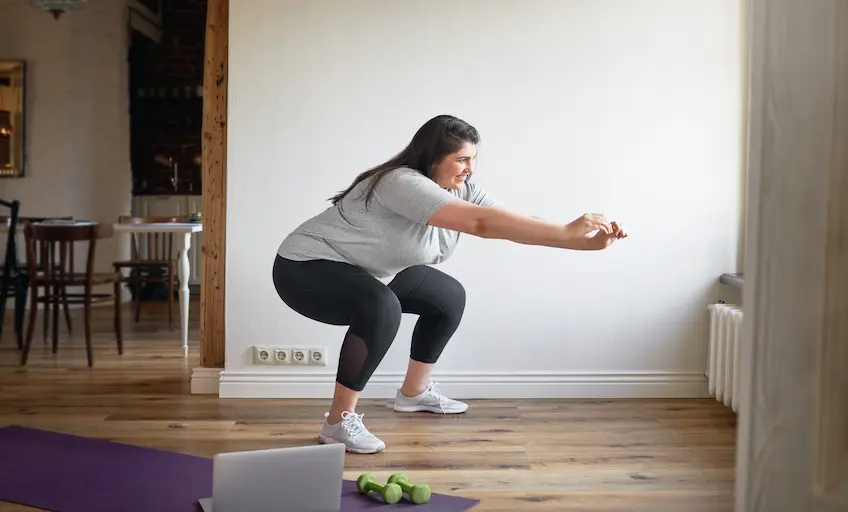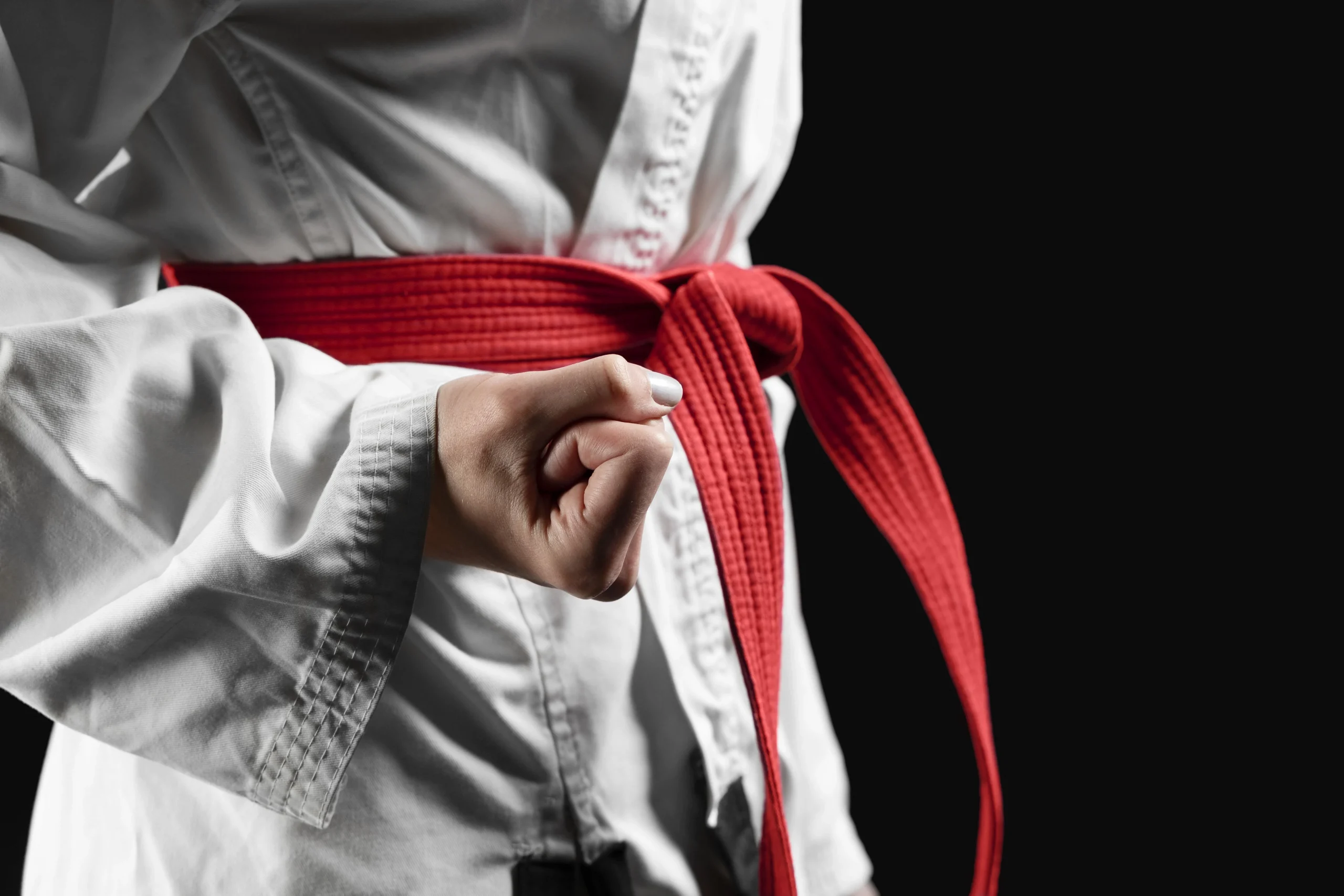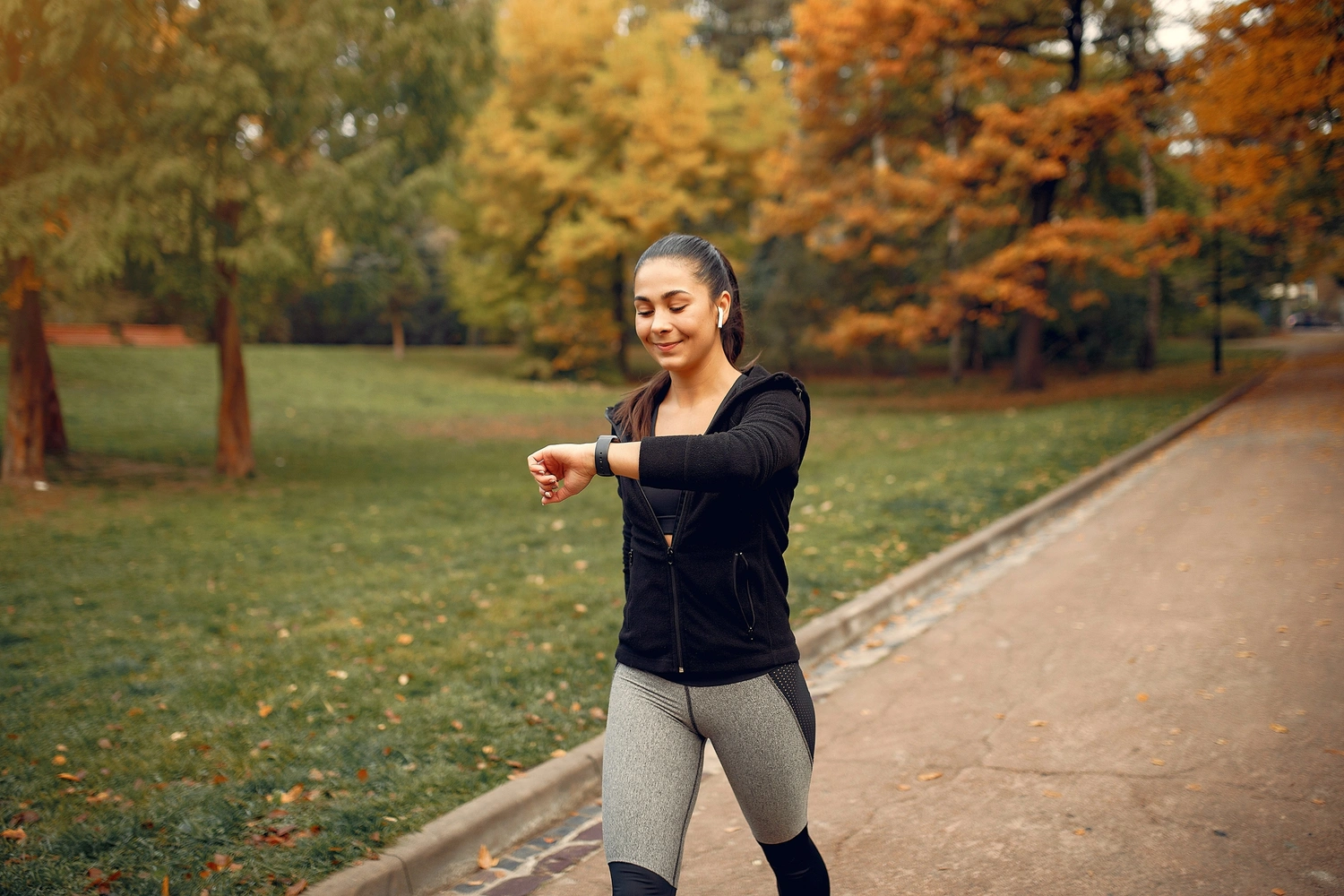
Whether you are looking to tone up, wind down, or find the perfect mind-body balance, yoga and Pilates both offer powerful paths to wellness. But which one is right for you? Let us break down the benefits, highlight the key differences, and share some detox-friendly tips to help you get the most out of your practise.
Understanding yoga and Pilates

Let us understand what yoga and Pilates are at their core—two unique practises that blend movement, mindfulness, and strength, but with distinct origins and goals.
What is yoga?
Yoga originated in India over five thousand years ago and was first mentioned in ancient Hindu scriptures known as the Vedas. It is centered around five core beliefs:
- Proper relaxation
- एक्सरसाइज़
- सांस लेना
- आहार
- Positive thinking and meditation
Mindfulness and deep breathing are key features of a yoga practise. Although many different types of yoga exist, holding various poses and flowing through different series of movements is standard in most classes. Yoga can be seen as a form of mind-body fitness. It combines physical activity with mindful focus, bringing increased awareness to the breath and energy.
What is Pilates?
Joseph Pilates developed Pilates at the end of World War I, primarily using it for the rehabilitation of wounded soldiers. Pilates may:
- Increase muscle strength and endurance
- Improve flexibility and posture
- Lead to better balance
- Result in decreased joint pain
Pilates focuses on small movements that engage important stabilizing muscles of the back and core. Begin each exercise with a controlled breath, initiating a contraction of the core muscles. Pilates can be practised on a mat or specialized equipment. The equipment is distinctive as it exclusively uses springs, levers, and your body weight to provide resistance.
Comparing the differences
While yoga and Pilates may appear similar at first glance, their philosophies, techniques, and benefits distinguish them in several key ways.
Physical benefits
Both yoga and Pilates offer significant physical benefits.
The physical benefits of yoga include:
- Improved flexibility and range of motion
- Increased muscle strength and tone, especially in the core, legs, and arms
- Better posture by strengthening supporting muscles and enhancing body awareness
- Enhanced balance and coordination through controlled poses and transitions
- Boosted energy and vitality as circulation and breathing improve
- Reduced chronic pain and tension, particularly in the back, neck, and shoulders
- Improved respiratory health through deep, mindful breathing
On the other hand, the physical benefits of Pilates include:
- Improved core strength and stability, targeting deep abdominal muscles
- Better posture by aligning the spine and strengthening postural muscles
- Increased muscle tone without bulk, especially in the abs, glutes, back, and legs
- Enhanced flexibility and joint mobility through low-impact, full-range movements
- Greater balance and coordination by training both sides of the body evenly
- Reduced risk of injury through improved body mechanics and alignment
- Relief from back pain and muscle tension, especially for those with sedentary lifestyles
Mental and emotional benefits
Yoga and Pilates provide numerous benefits for mental and emotional health.
Yoga helps:
- Reduce stress and anxiety
- Enhance emotional awareness and regulation
- Promote a sense of inner peace and balance
- Improve concentration and mental clarity
- Foster mindfulness and present-moment awareness
On the other hand, Pilates helps:
- Increase mental focus and body awareness
- Reduce stress by engaging in purposeful, controlled movement
- Boost self-confidence as strength and posture improve
- Enhance mood through the release of endorphins
- Promote a sense of accomplishment and mind-body harmony
Choosing between yoga and pilates
Deciding between yoga and Pilates depends on your personal goals, lifestyle, and physical needs. While both practises offer mind-body benefits, one might suit you better depending on what you are looking to achieve.
Fitness goals and preferences
Yoga might be your go-to if your goal is to improve flexibility, reduce stress, or explore a more meditative practise. It offers a wide range of styles—from gentle and restorative to powerfully athletic.
On the other hand, if you are aiming to build core strength, enhance body alignment, and focus on controlled, precise movements, Pilates could be a better fit. It is often favored for toning and rehab-focused routines.
Health considerations
Yoga can be therapeutic for stress-related issues, joint stiffness, and chronic pain, but some poses may not be ideal for those with certain injuries.
On the other hand, Pilates is often recommended for injury recovery, especially back issues, as it emphasizes spinal alignment and core stabilization.
Integrating yoga and pilates
Combining yoga and Pilates can give you the best of both worlds. Together, they support a balanced, well-rounded approach to fitness and well-being.
Combining practises for holistic health
Yoga nurtures mindfulness, flexibility, and breath control, while Pilates builds core strength, alignment, and muscular endurance. Blending the two creates a powerful synergy that enhances both physical and mental health.
For example, follow a strength-focused Pilates session with a calming yoga flow to stretch, recover, and reset your mind.
Scheduling and consistency
You do not need to overhaul your schedule—just a little planning goes a long way.
- Start with 2–3 sessions per week, alternating between yoga and Pilates or doing shorter, combined sessions.
- Listen to your body—use yoga for active recovery or stress relief, and Pilates on strength-focused days.
- Stay consistent by setting a routine that fits your lifestyle, whether morning flows or evening wind-downs.
Consistency, not intensity, is key to building a sustainable and rewarding practice.
Air pollution detox
Living in a world with increasing प्रदूषण takes a toll on our lungs and overall health. Luckily, both yoga and Pilates offer tools to support your body’s natural detox process, helping you breathe cleaner and feel revitalized.
Breathing techniques for detoxification
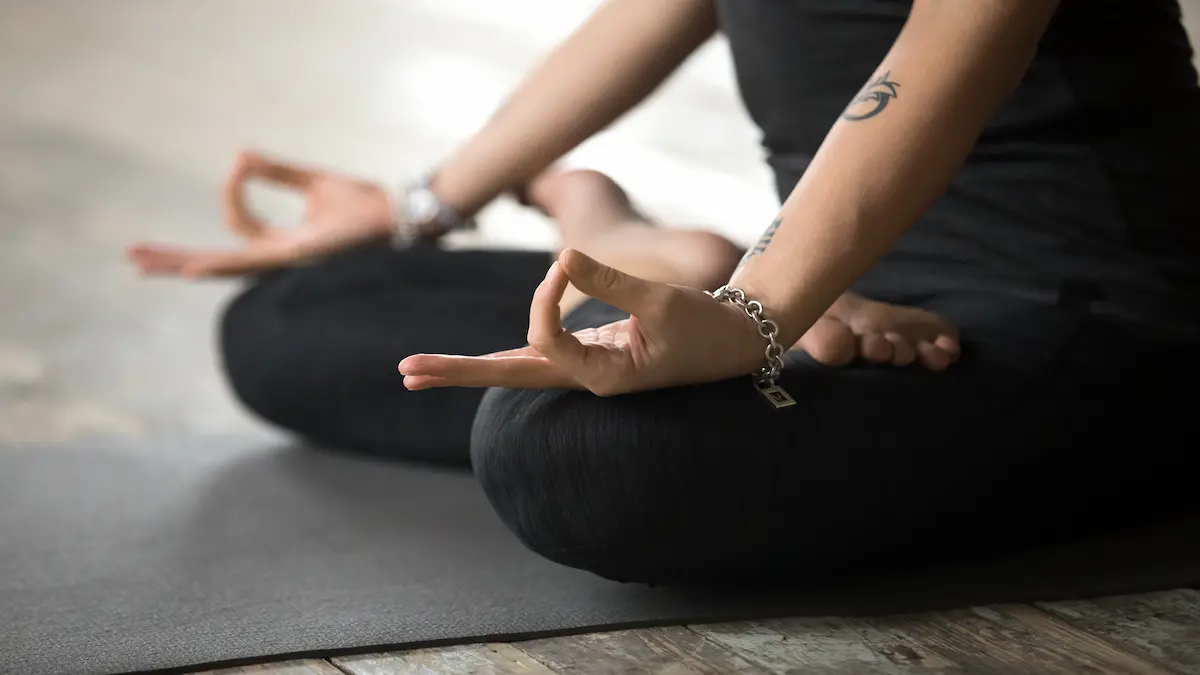
Yoga’s powerful प्राणायाम (breath control) techniques—like Nadi Shodhana (alternate nostril breathing) and Kapalabhati (skull-shining breath)—help cleanse the respiratory system, increase oxygen intake, and reduce stress.
Pilates also emphasizes controlled, deep breathing to enhance lung capacity and circulation, flushing out toxins more effectively.
Poses and exercises to combat pollution effects
Certain yoga poses open the chest and improve lung function, such as Bhujangasana (cobra pose), Setu Bandhasana (bridge pose), and अर्ध मत्स्येन्द्रासन (seated spinal twist).
Pilates exercises that focus on core stability and controlled breathing can support diaphragmatic breathing, improving oxygen flow and reducing the impact of pollution on your body.
Tips for a successful practise
Building a consistent yoga or Pilates routine takes intention and patience. These tips will help you stay motivated and make the most of your practise.
Setting realistic goals
Start with small, achievable milestones that fit your lifestyle and fitness level. Whether mastering a specific pose, attending classes twice a week, or simply showing up on your mat consistently, realistic goals keep you motivated and prevent burnout.
Seeking professional guidance
Especially when you are starting or managing injuries, working with a qualified instructor can make a huge difference. Professionals help ensure proper form, tailor exercises to your needs, and provide personalized feedback to keep you safe and progressing.
Whether you choose yoga, Pilates, or a blend of both, each practise offers unique tools to enhance physical strength, mental clarity, and overall well-being. Remember, the most important step is simply starting—and staying consistent. So roll out your mat, take a deep breath, and enjoy the journey towards a healthier, more balanced you.
Key Takeaways
- Yoga and Pilates are two types of low-impact workouts that use your body weight as resistance.
- Both provide a range of physical, mental, and emotional benefits and aid your body’s natural detox process.
- Yoga positively impacts medical issues such as anxiety and multiple sclerosis, while Pilates is advantageous for individuals with back pain and joint problems.
Stay tuned to the Activ Living Community. Keep up to date with the latest health tips and trends through expert videos, podcasts, articles, and much more on पोषण, फिटनेस, सचेतन, और लाइफस्टाइल से जुड़ी बीमारियां like Asthma, Blood Pressure, Cholesterol, and Diabetes. Activ Living ke saath sahi sehat ki shuruat ABHI karo.
You may also be interested in the following blogs:
- Can Yoga Build Muscles? Here’s What You Need To Know
- Easy Pilates Workout To Strengthen Your Muscles
Popular Searches
How to lower blood pressure | Fruits good for liver | Unhealthy foods | रागी के लाभ | बेसल मेटाबोलिक रेट | हाई ब्लड प्रेशर के लिए एक्यूप्रेशर पॉइंट्स | Ayurvedic medicine for blood pressure | How to control cholesterol at home | Homeopathy for Asthma | Biological Age | Home remedies for TB | Natural beta blockers | Negative effects of internet | Types of walking | ब्लड प्रेशर कैलकुलेटर | ब्लड शुगर कैलकुलेटर | BMI कैलकुलेटर





 1800-270-7000
1800-270-7000

